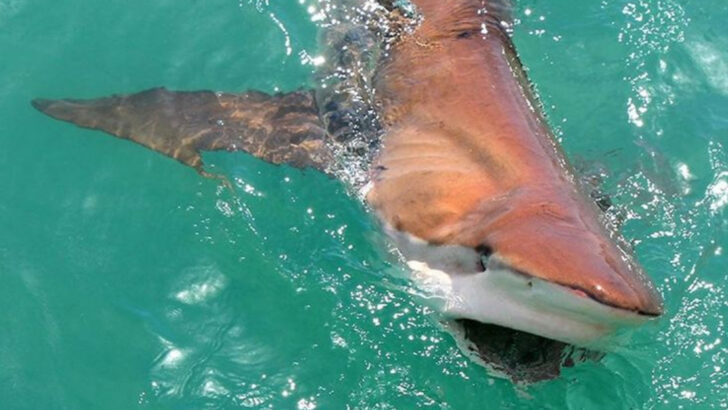Bronze whalers aren’t your average sharks—they’re copper-toned torpedoes with a serious attitude.
Fast, fearless, and oddly mysterious, these predators cruise the coasts like they own the place. And in many ways, they do.
Forget the toothy movie villains. Bronze whalers are social, curious, and full of quirks that scientists are still piecing together. They’ve been caught leaping out of the water mid-feeding frenzy. They’ve shown up in places nobody expected. And they might just be smarter than we give them credit for.
Whether you’re a die-hard shark fan or someone who wouldn’t swim past waist-deep water, this list is going to surprise you. Because the bronze whaler isn’t just another fish in the sea—it’s a sleek, misunderstood legend.
Ready to meet the shark that breaks all the rules?
Bronze Whaler’s Unique Coloration
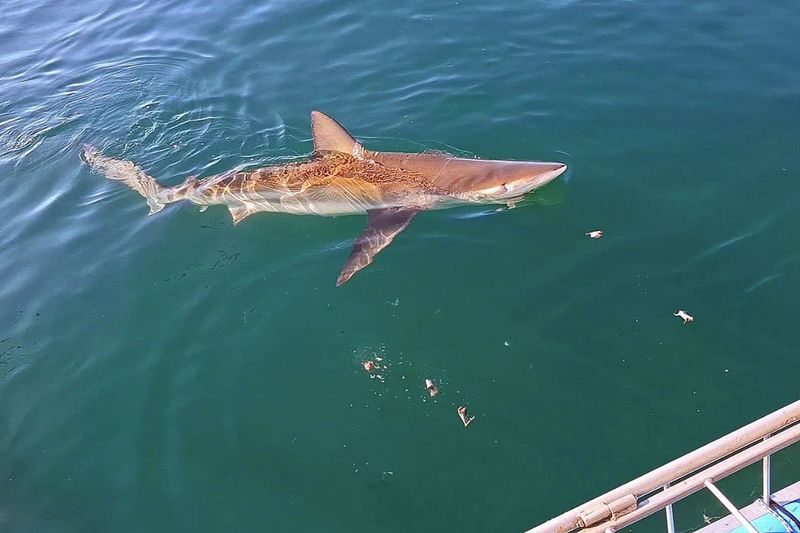
The Bronze Whaler Shark, also known as the Copper Shark, is named for its unique bronze coloration. This shimmering hue helps it blend into the ocean depths, providing camouflage against predators. In sunlight, its skin can appear almost metallic, a captivating sight for any ocean explorer. The coloration is not just for show; it plays a crucial role in the shark’s hunting strategy, allowing it to approach prey stealthily. This visual adaptation highlights the intricate balance of nature, where beauty and functionality coexist in perfect harmony.
Impressive Migration Patterns

Bronze Whaler Sharks are known for their impressive migration patterns, traveling thousands of miles in search of food. These journeys can span entire oceans, with the sharks following warm currents to their destinations. Remarkably, they often return to the same breeding grounds year after year, showcasing their navigational prowess. This migratory behavior is essential for their survival, as it ensures access to abundant resources. Such long-distance travels highlight the shark’s resilience and adaptability, characteristics that have enabled their survival for millions of years.
Social Creatures of the Sea
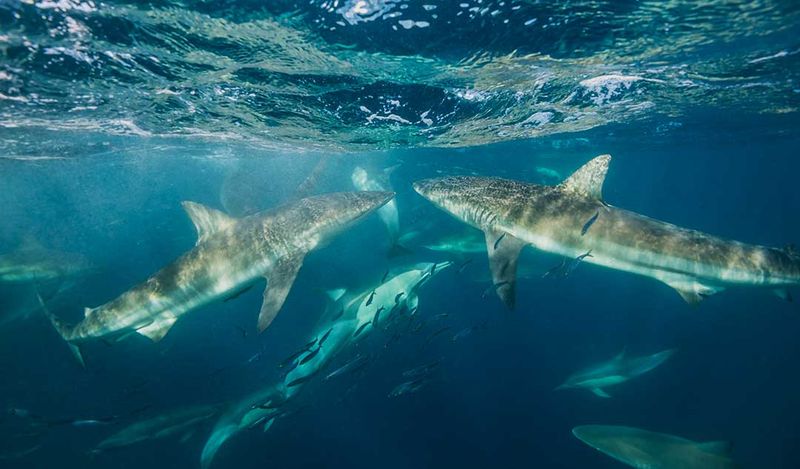
Unlike many solitary shark species, Bronze Whaler Sharks are known for their social nature. They often form large groups, especially during migration or when hunting. This social behavior is thought to enhance their hunting efficiency, allowing them to coordinate attacks on schools of fish. The sight of these sharks swimming in unison is a spectacle, reflecting the cooperative side of these often-misunderstood creatures. Their social interactions provide insight into the complex dynamics of ocean life, challenging the perception of sharks as lone predators.
Masters of Stealth Hunting
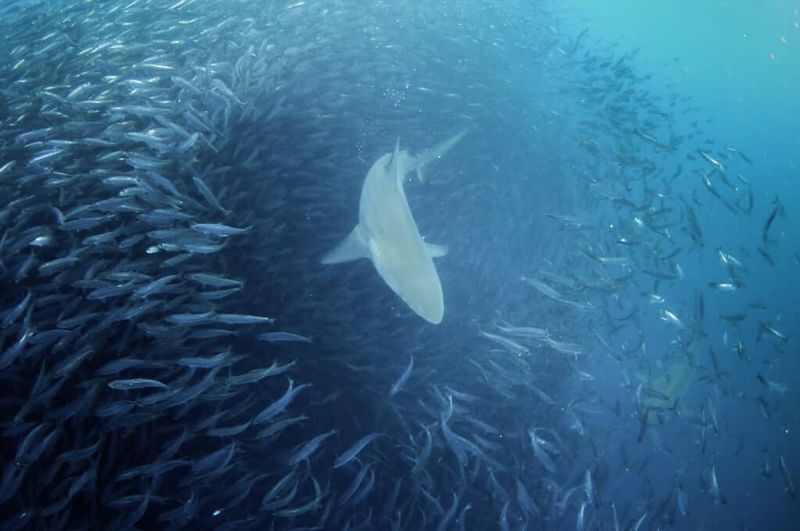
Bronze Whaler Sharks are masters of stealth hunting, using their bronze coloration to blend seamlessly into the ocean. This camouflage allows them to approach unsuspecting prey with remarkable precision. Their ability to remain unseen until the last moment underscores their role as apex predators. This method of ambush predation is a testament to their evolutionary success, refining their hunting skills over millennia. Observing a Bronze Whaler in action offers a glimpse into the primal dance of hunter and hunted, a reminder of nature’s raw beauty.
Remarkable Lifespan
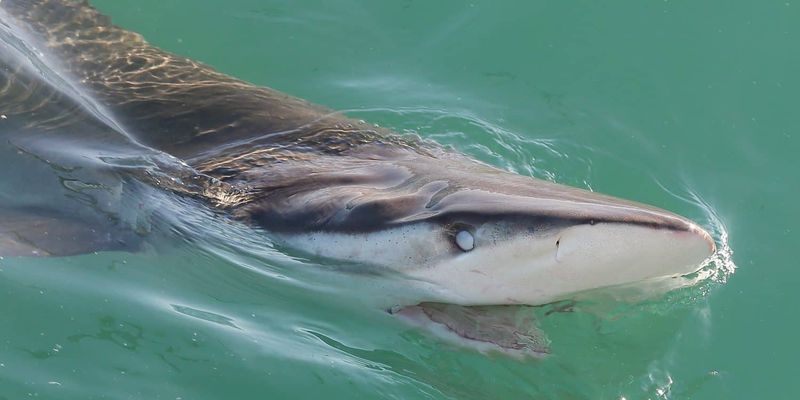
Did you know? Bronze Whaler Sharks can live up to 30 years in the wild. This remarkable lifespan allows them to witness many changes in their oceanic environment. Their longevity is attributed to their robust build and adaptability, enabling them to survive in various conditions. Over the years, these sharks accumulate wisdom, becoming more adept at navigating the challenges of the deep sea. Their life journey is a testament to resilience, reflecting the broader story of ocean life where survival often hinges on adaptation and endurance.
Fascinating Reproduction Habits
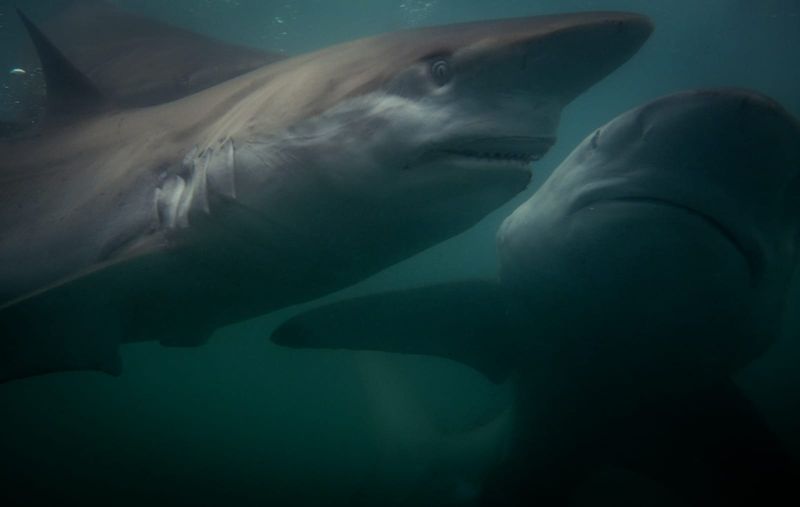
Bronze Whaler Sharks have fascinating reproduction habits, giving birth to live young after a gestation period of about 12 months. Unlike many fish species, the young are well-developed at birth and are immediately ready to fend for themselves. This viviparous reproduction ensures a higher survival rate, as the pups are less vulnerable to predators. Watching a mother with her young is a poignant reminder of the nurturing side of these formidable creatures. Their reproductive strategy showcases the intricate balance of nature, where life and survival are inextricably linked.
Their Diet is Diverse
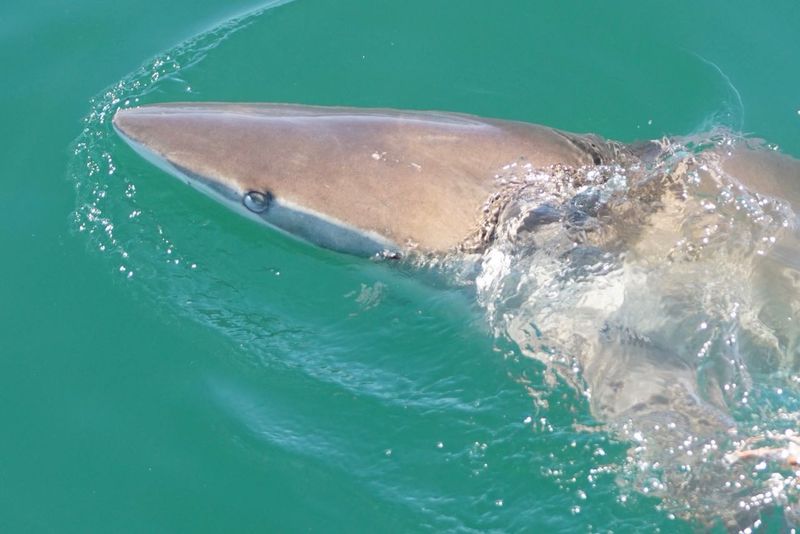
The Bronze Whaler Shark boasts a diverse diet, feasting on fish, cephalopods, and crustaceans. Their opportunistic feeding habits allow them to exploit a wide range of food sources, adapting to what is available in their environment. This dietary flexibility is key to their survival, especially in areas where food can be scarce. Observing their feeding behavior reveals the complexity of ocean ecosystems, where each species plays a vital role in maintaining balance. The Bronze Whaler’s wide-ranging palate underscores the adaptability and resourcefulness inherent in shark species.
Sharks with a Unique Name
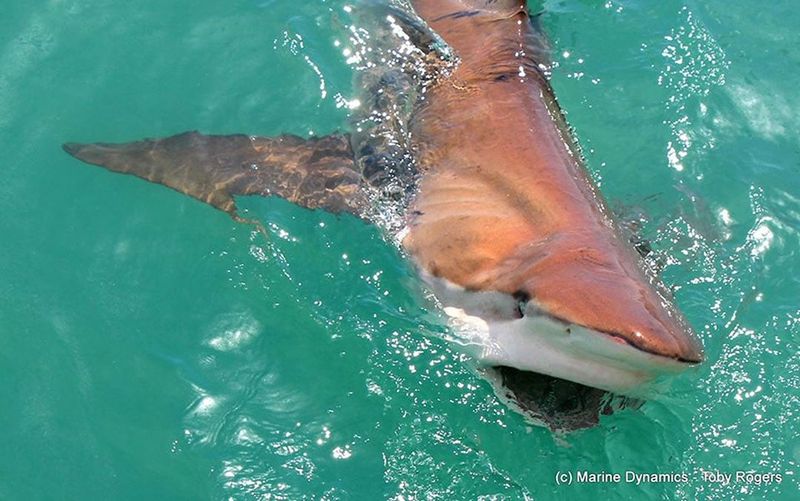
The Bronze Whaler Shark, also known as the Copper Shark, has a name that reflects its distinct coloration. This alternative name is not just a catchy moniker; it serves to highlight one of the shark’s most defining features. Names in the animal kingdom often offer clues to an animal’s characteristics or behavior. In this case, the name “Copper Shark” conjures images of its metallic hue, sparking curiosity and interest. Such nomenclature is a reminder of how language and nature intertwine, enriching our understanding of the natural world.
Sensitive to Environmental Changes
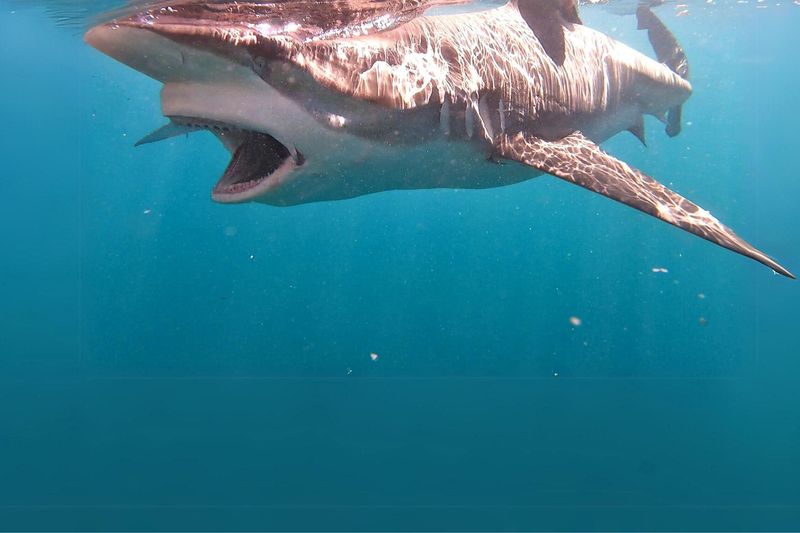
Bronze Whaler Sharks are sensitive to environmental changes, which can impact their migratory routes and breeding patterns. This sensitivity highlights their role as indicators of ocean health, as they respond to fluctuations in water temperature and prey availability. As climate change continues to affect marine ecosystems, these sharks offer valuable insights into the broader impacts on ocean life. Their responses to environmental shifts underscore the interconnectedness of marine species and the delicate balance that sustains them, urging us to consider the broader implications of our actions.
A Shark with Speed
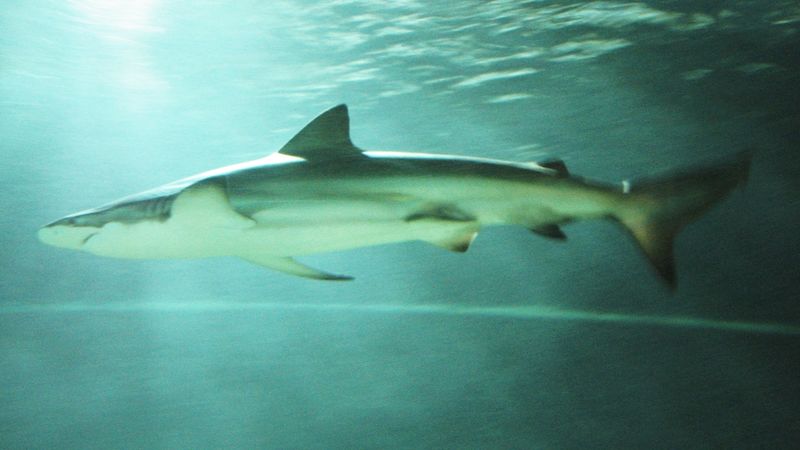
When it comes to speed, Bronze Whaler Sharks are no slouches. They can reach impressive speeds, a trait that serves them well both in hunting and evading potential threats. This agility is a crucial component of their survival strategy, allowing them to outpace competitors and escape predators. Observing a Bronze Whaler in full sprint is a thrilling experience, showcasing the power and grace inherent in these oceanic predators. Their speed is a reminder of the dynamic and ever-changing nature of the sea, where only the swiftest thrive.
Role in the Ecosystem
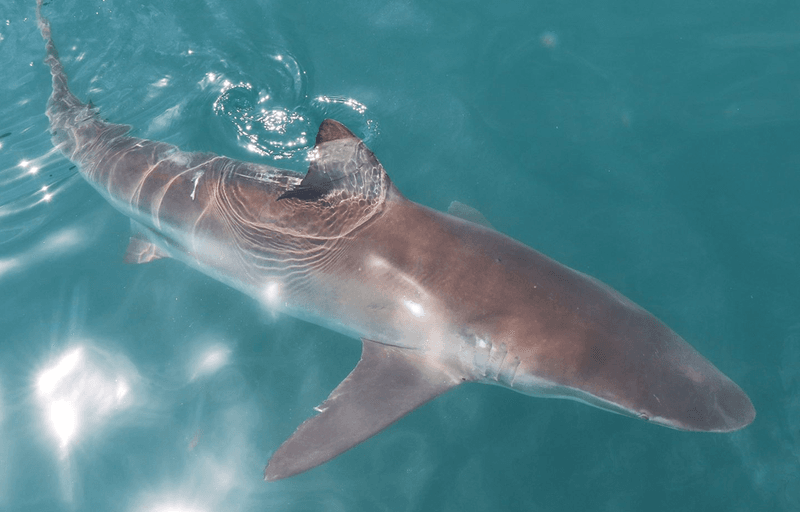
Bronze Whaler Sharks play a vital role in maintaining the health of marine ecosystems. As apex predators, they help regulate the populations of their prey, ensuring a balanced marine environment. Their presence influences the behavior and distribution of other species, contributing to the overall stability of oceanic life. Understanding their ecological role offers insights into the complex web of interactions that define marine ecosystems. By studying these sharks, scientists gain a greater appreciation of the interconnectedness of life beneath the waves, emphasizing the importance of conservation efforts.
Threats from Human Activities
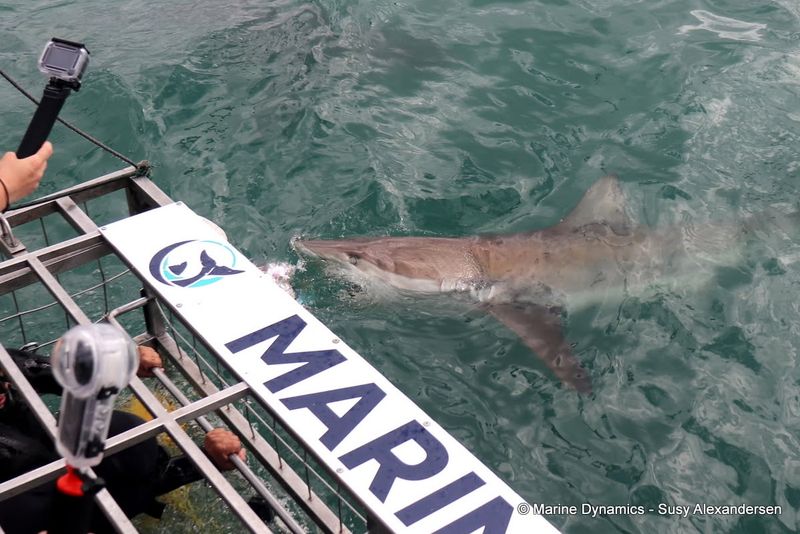
Unfortunately, Bronze Whaler Sharks face numerous threats from human activities, including overfishing and habitat degradation. These pressures have led to declines in their populations, raising concerns about their future. Human-induced changes to their environment, such as pollution and climate change, further exacerbate these challenges. Understanding the impact of our actions on these sharks is essential for developing effective conservation strategies. Protecting them requires a concerted effort to address the root causes of their decline, highlighting the broader responsibility we bear in preserving marine biodiversity.
Bronze Whaler’s Defensive Tactics
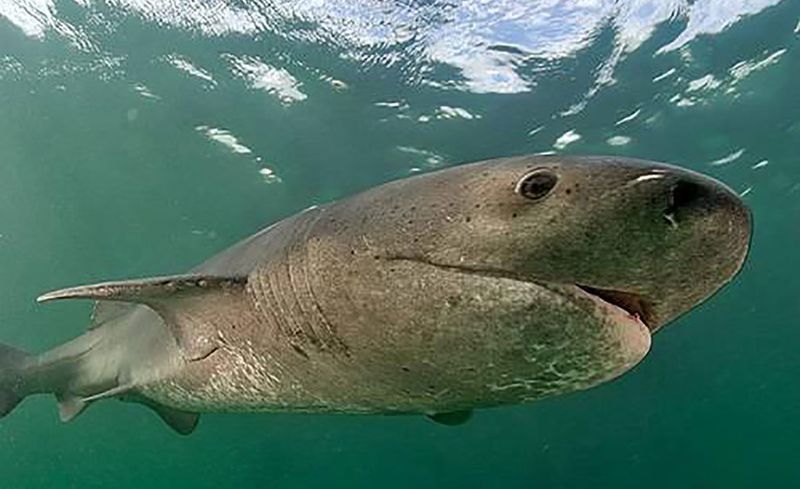
In the face of threats, Bronze Whaler Sharks have developed a range of defensive tactics. Their agility and speed allow them to evade predators, while their social behavior offers safety in numbers. When threatened, they can also display aggressive postures, deterring potential threats. These defensive strategies reflect the shark’s ability to adapt and survive in a challenging environment. Observing their responses to danger provides a window into the survival instincts that have been honed over millions of years, illustrating the resilience of these remarkable creatures.
Bronze Whalers in Popular Culture
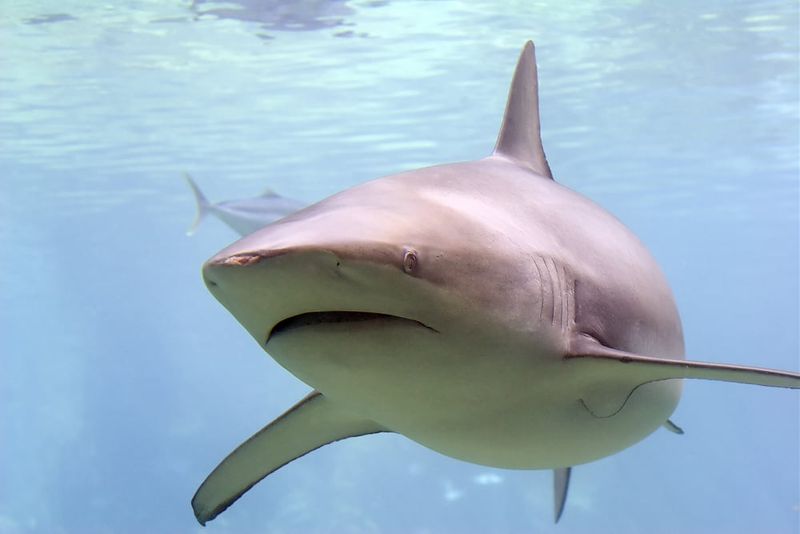
Bronze Whaler Sharks have made appearances in popular culture, often featured in documentaries highlighting their unique behaviors. These portrayals help demystify the species, showcasing them as more than just menacing predators. By presenting them in a broader context, these narratives foster a greater appreciation for their role in marine ecosystems. Filmmakers and educators use the allure of these sharks to engage audiences, promoting awareness and conservation efforts. Through media, the Bronze Whaler’s story reaches a global audience, sparking curiosity and understanding of the natural world.
Research and Conservation Efforts
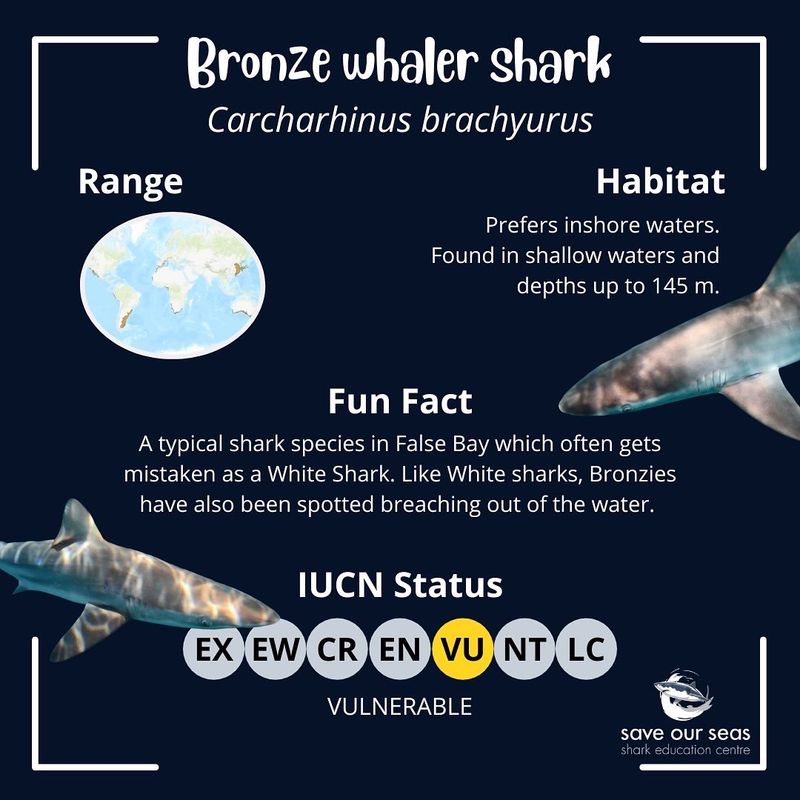
Ongoing research and conservation efforts aim to protect Bronze Whaler Sharks and their habitats. Scientists study their behavior and migration patterns to better understand their ecological needs. This research informs conservation strategies, helping to address the threats they face. Public awareness campaigns raise the profile of these sharks, emphasizing the importance of preserving marine biodiversity. By supporting these efforts, we can help ensure the survival of Bronze Whaler Sharks, safeguarding the delicate balance of ocean ecosystems. These initiatives highlight the vital role of science and community in conservation.

